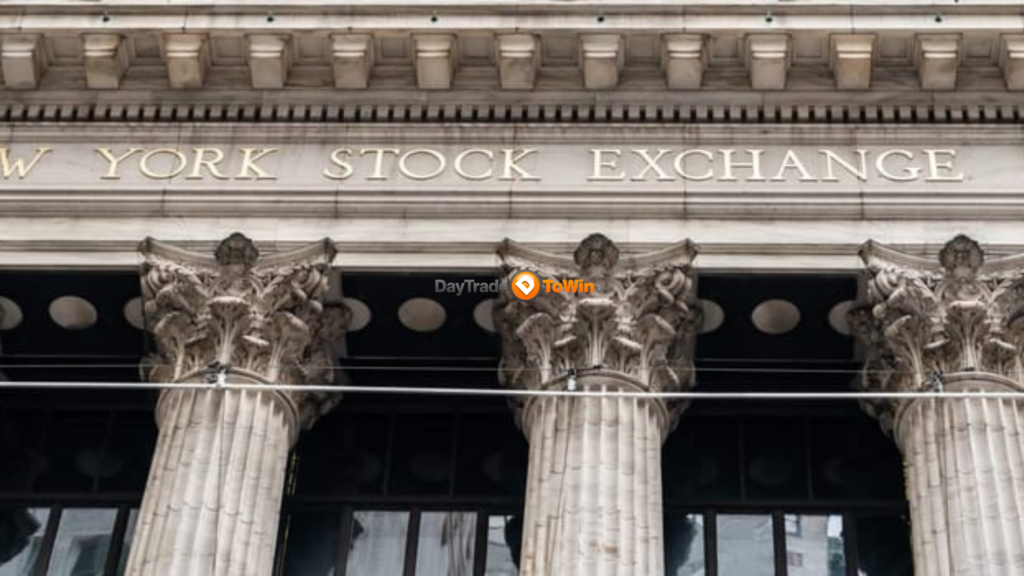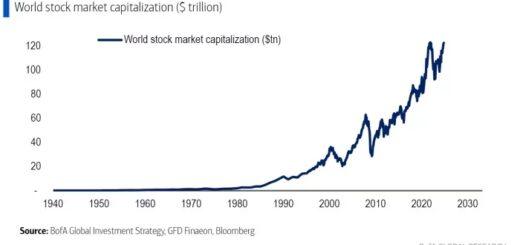Dow in the Red: Wall Street Reacts to Fed’s Waller’s Cautious Stance on 2024 Rate Changes
The US stock market ended on Tuesday with a decline, as investors weighed corporate earnings and a statement from a Federal Reserve member suggesting a decreased necessity for future interest rate cuts.

How stocks traded
- As stated by Dow Jones Market Data, the Dow Jones Industrial Average (DJIA) finished at 37,361.12 following a drop of 231.86 points, which corresponds to a 0.6% decrease.
- In January 2022, the S&P 500 experienced a decline of 0.4% or 17.85 points, ultimately finishing the month with a closing value of 4,765.98. This represented a decrease of 0.6% from its previous highest value of 4,796.56.
- The Nasdaq Composite COMP experienced a decline of 28.41 points, which is equivalent to a 0.2% decrease. It ended the day with a closing value of 14,944.35.
Last week, stock prices saw an increase, with the S&P 500 finishing on Friday just 0.3% below its all-time high closing point.
What drove markets
Traders approached the start of the week with caution as they assessed recent financial results from banks and negative updates about manufacturing. Moreover, they were reminded that there might not be any immediate plans for reducing interest rates.
Christopher Waller, a member of the Federal Reserve board, announced on Tuesday that the central bank is likely to lower interest rates in the near future. However, he stressed the importance of not rushing the changes in monetary policy. Consequently, following his remarks, stock prices experienced a decline and bond yields saw an increase.
Investors paid attention when Waller, who is famous for being more assertive, expressed worries about the potential of an economic slowdown that required actions to control inflation.
The chances are very likely that the Federal Reserve will postpone making any adjustments to its policies during the January meeting. However, according to the CME FedWatch tool, there was a 68% possibility that interest rates would be reduced by 25 basis points in March. Following Waller’s remarks on Tuesday, this probability slightly dropped to 63%.
According to Quincy Krosby, the chief global strategist at LPL Financial, the concept of a shifting market was already being talked about in March. Krosby noted that Federal Reserve officials, including Waller who is usually viewed as pragmatic and careful, now appear to be conveying a unified message to the markets, urging them to be cautious instead of acting hastily.
Krosby states that the likelihood of a March interest rate decline is contingent upon the data received and the impact of escalating oil prices caused by issues in the Middle East.
As investors start to receive fourth-quarter earnings, they are also getting new information about the future prospects of the economy.
Goldman Sachs, Morgan Stanley, and PNC Financial Services disclosed their financial performance on Tuesday prior to the stock market’s opening. Additionally, Interactive Brokers and Pinnacle Financial Partners will be unveiling their earnings reports later in the day.
Following the commencement of earnings season last Friday, JPMorgan Chase & Co. JPM, -0.63%, along with other prominent banks, disclosed their financial statements.
The experts at BlackRock Investment Institute state that the markets can be significantly influenced by earnings.
According to Jean Boivin, the leader of the BlackRock Investment Institute, the authors believe that there will be a greater focus on earnings this year compared to last year, as consensus expectations have risen. Data from LSEG suggests that there is an expected growth rate of up to 11% in the next year. The authors propose that the earnings season in the fourth quarter of 2023 will offer more clarity on the progression of these expectations.
According to Boivin and his colleagues, even though companies are currently maintaining their profit margins, they anticipate that these margins will eventually revert back to average levels. This is likely to happen as a result of rising interest rates, ongoing wage growth, and decreasing inflation, which, though still higher than the desired target, is gradually decreasing.
According to Krosby from LPL, markets are worried about how much control companies have over prices.
There was more manufacturing data from the United States on Tuesday that needed to be considered. The factory index of the New York Federal Reserve dropped significantly from -14.5 in December to -43.7 this month, which is the lowest level since May 2020. It is crucial to assess whether these figures hold any major or minor importance.
Investors should consider geopolitical conflicts as well. The heightened tensions in the Middle East have raised worries about potential disruptions in shipping through the Red Sea, which could lead to inflationary pressures. However, oil futures observed a decline on Tuesday.
Companies in focus
- Even though Morgan Stanley’s fourth-quarter earnings showed a higher revenue, the company’s shares decreased by 4.7% on Tuesday. The bank and brokerage firm experienced a growth in revenue, reaching $12.9 billion, which was higher than the estimated revenue of $11.93 billion predicted by FactSet.
- Goldman Sachs Group Inc. (GS) saw a marginal increase in its shares, rising by 0.1%, following the investment bank’s better-than-expected fourth-quarter revenue and profit performance. The bank’s revenue reached $11.32 billion, surpassing the estimated $10.8 billion. CEO David Solomon described it as a prosperous year for the bank.
- The release of documents supporting the proposal by the U.S. Department of Health and Human Services to reclassify cannabis in federal regulations from Schedule I to Schedule III led to a significant boost in the prices of cannabis stocks on Tuesday. Curaleaf Holdings Inc. observed a 4.4% growth, Trulieve Cannabis Corp. witnessed an 8.5% surge, and Green Thumb Industries Inc. recorded a 2.7% rise.




